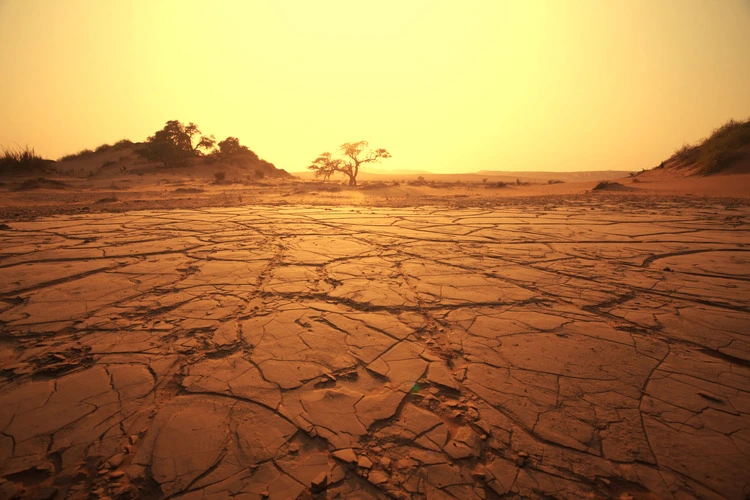
Five billion people could be affected by 2100 as Earth’s drylands increase with rising aridity, mostly driven by human-caused climate change
By
More than 75 per cent of Earth’s land has become permanently drier in the last three decades, a new UN study has revealed. Between 1990–2020, 77.6 per cent of Earth’s land was drier than in the previous 30-year period. In the same time frame, drylands expanded by around 4.3 million sq km – an area almost one-third larger than India.
In particular, areas hard-hit by drying trends were almost all of Europe (95.9 per cent of its total land), parts of the western United States, Brazil, parts of Asia (notably eastern Asia) and central Africa. Such a change in climate conditions poses a real threat to ecosystems – especially those which are biologically megadiverse in Central Africa and parts of Asia – as well as agricultural systems and water security.
Enjoying this article? Check out our related reads:
The new research warns that if greenhouse gas emissions are not curbed, a further 3 per cent of the world’s humid landscapes will transition into drylands, a change with stark implications for agriculture, ecosystems and people.
In scenarios modelled with high greenhouse gas emissions, expanding drylands are predicted across the Midwestern United States, central Mexico, northern Venezuela, north-eastern Brazil, south-eastern Argentina, the entire Mediterranean Region, the Black Sea coast, large parts of southern Africa, and southern Australia.
‘This analysis finally dispels an uncertainty that has long surrounded global drying trends,’ says UNCCD Executive Secretary Ibrahim Thiaw. ‘For the first time, the aridity crisis has been documented with scientific clarity, revealing an existential threat affecting billions around the globe.’
‘Unlike droughts—temporary periods of low rainfall—aridity represents a permanent, unrelenting transformation. Droughts end. When an area’s climate becomes drier, however, the ability to return to previous conditions is lost. The drier climates now affecting vast lands across the globe will not return to how they were and this change is redefining life on Earth.’
How does aridity affect the planet?
High aridity has a sizeable impact on the planet, so much so that it is considered the world’s largest single driver of degrading agricultural systems, affecting 40 per cent of Earth’s arable lands. Such a decline has been blamed for a 12 per cent fall in GDP for African countries between 1990 and 2015.
Rising aridity has also been linked to more frequent extreme weather events, such as sand and dust storms in the Middle East. Larger and more intense wildfires are also expected to occur as aridity increases since the quantity of decaying trees will increase with more dry biomass available for burning.
Forced human migration is also linked to higher aridity, especially as communities move away from hyper-arid and arid areas of southern Europe, the Middle East and North Africa and south Asia as land becomes uninhabitable.
The latest UN report suggests several ways to counter and mitigate the impacts of rising aridity. These include strengthening the monitoring of aridity across the world, investing more heavily in water technology such as rainwater harvesting and drip irrigation, and farmers switching to drought-resistant crops.




